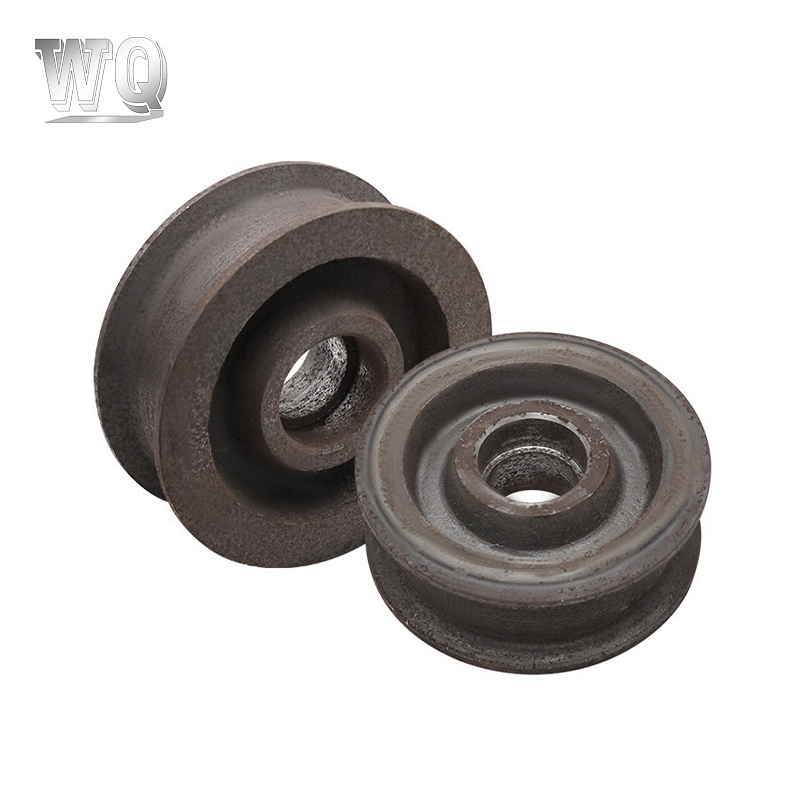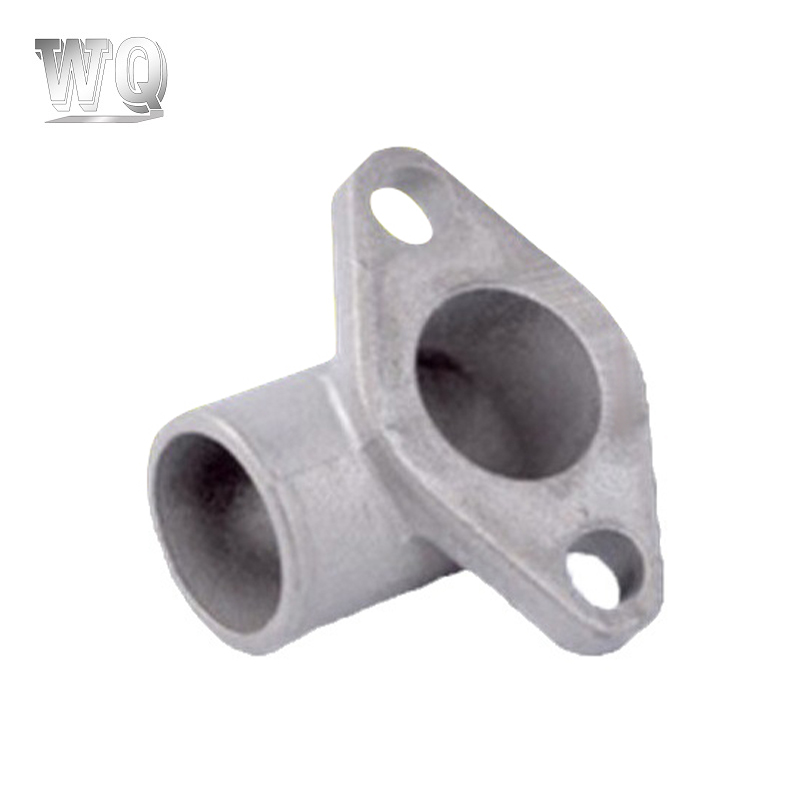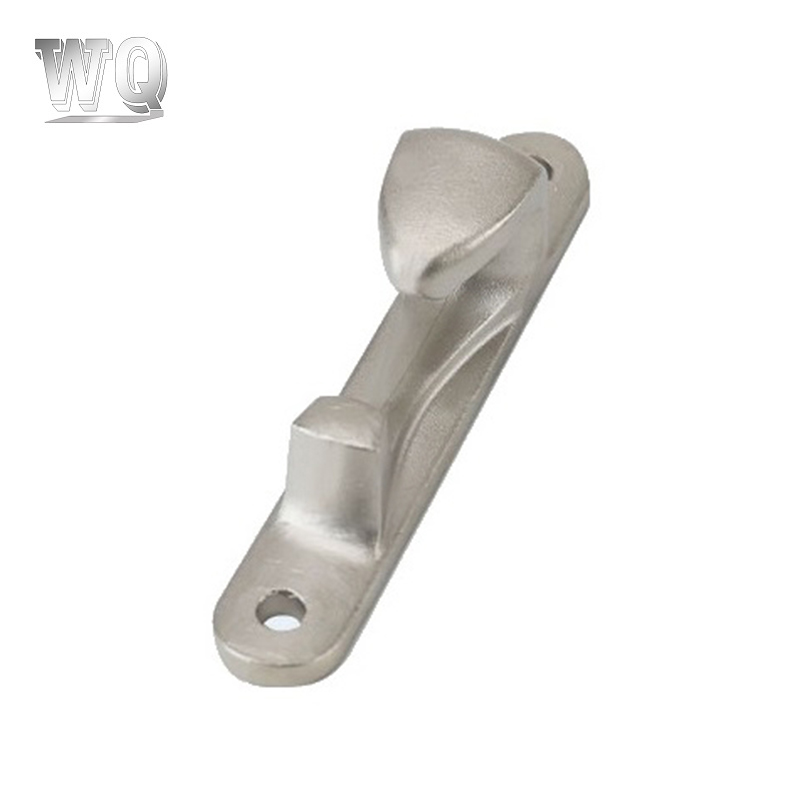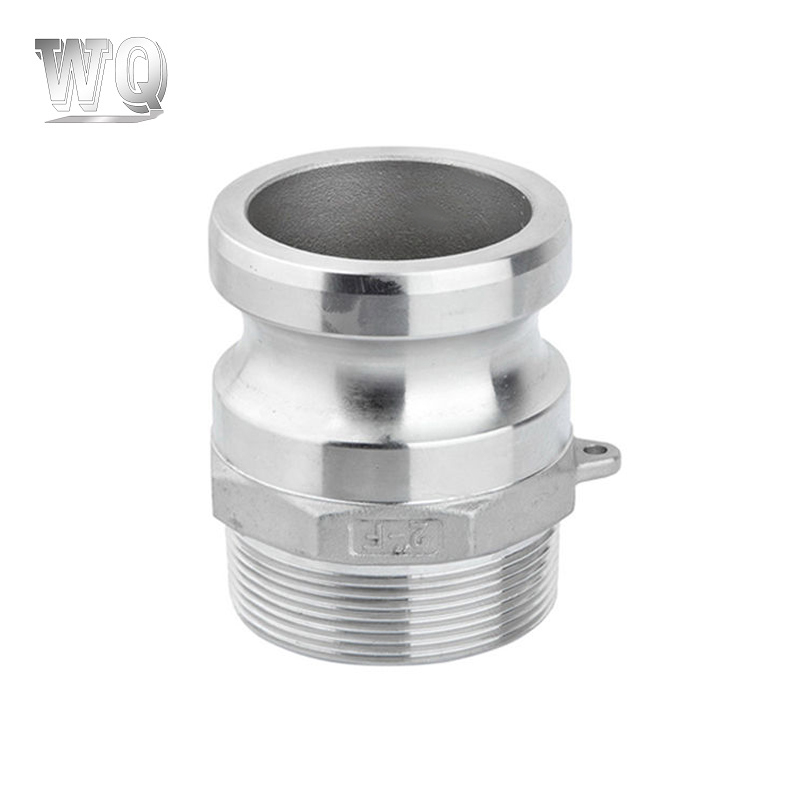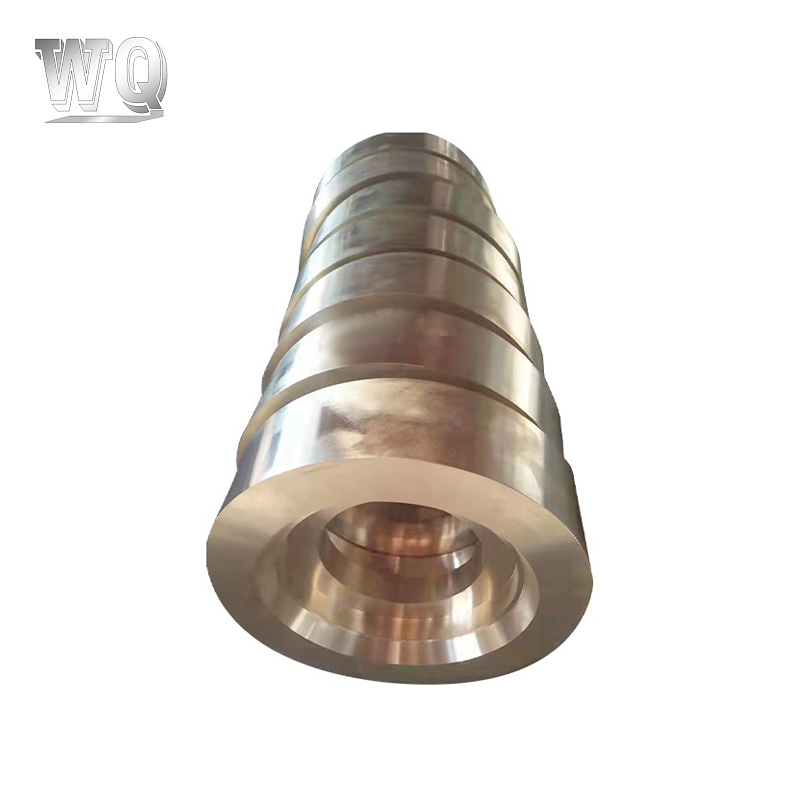In the chemical, energy, shipbuilding and high-temperature manufacturing industries, Stainless Steel Casting Parts are widely used in key parts such as valves, pump housings, and pipe connectors. These parts often need to operate for a long time in harsh environments where high temperature, high pressure and corrosive media coexist. Therefore, how to achieve the dual guarantee of high strength and corrosion resistance under high temperature conditions has become a core issue in the design and selection of stainless steel castings.
1. Material selection determines the performance basis
The reason why stainless steel castings can maintain good performance at high temperatures is closely related to the alloy composition used. Common high-temperature stainless steels include:
Austenitic stainless steel (such as CF8C, 316 Cast): has good oxidation resistance and creep resistance, suitable for working conditions above 600℃;
Duplex stainless steel (such as CD3MN): has both high strength and chloride ion corrosion resistance, suitable for marine environment and chemical equipment;
Ferritic/martensitic stainless steel (such as 410SCa): Although the corrosion resistance is slightly inferior to austenite, it has high strength and low cost, and performs well in medium and low temperature and high temperature sections.
By rationally selecting alloy types and optimizing the content of elements such as carbon, nickel, chromium, and molybdenum, the oxidation resistance and corrosion resistance at high temperatures can be improved while ensuring tensile strength.
2. Optimizing the organizational structure through casting process
The performance of stainless steel castings depends not only on the material itself, but also on the casting process. Modern precision casting and sand casting technology can improve high-temperature performance in the following ways:
Smelting control: using vacuum induction melting or electroslag remelting technology to reduce inclusions and improve metal purity;
Grain refinement: adding trace elements such as titanium and niobium to refine the grain structure and enhance resistance to high-temperature deformation;
Heat treatment strengthening: improving the microstructure through solution treatment + aging treatment, improving strength and corrosion resistance stability;
Surface treatment: such as sandblasting, passivation, polishing and other processes to enhance surface density and reduce corrosion starting points.
These process means work together to enable stainless steel castings to maintain excellent mechanical properties and chemical stability in high-temperature environments.
3. Structural design adapted to high temperature conditions
In addition to materials and processes, the geometric design of castings also directly affects their service performance under high temperatures:
Reinforcement ribs and support structures: improve overall rigidity and prevent deformation or stress concentration due to thermal expansion;
Flow channel optimization: reduce medium flow resistance and reduce the risk of local erosion and corrosion;
Precision control of flanges and sealing surfaces: ensure tight connection at high temperatures to avoid corrosion or failure caused by leakage;
Reserve thermal expansion gap: prevent jamming or cracking caused by temperature changes.
These design considerations enable stainless steel castings to not only withstand the physical challenges brought by high temperatures, but also effectively resist chemical erosion.
The reason why stainless steel castings can achieve the unity of high strength and corrosion resistance under high temperature environments is due to their scientific material selection, advanced casting technology and reasonable structural design. It not only meets the basic requirements of mechanical properties under extreme working conditions, but also shows excellent adaptability in chemical corrosion protection.
With the development of high temperature engineering technology, stainless steel castings will play a more important role in energy conservation and environmental protection, intelligent manufacturing and high-end equipment manufacturing, providing solid and reliable core component support for various high-temperature equipment.




